Introduction
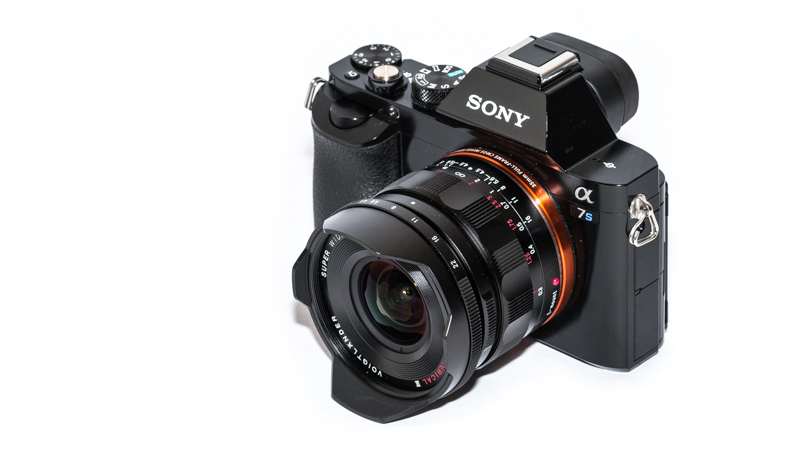
The Voigtländer 15mm 4.5 Super Wide Heliar E aspherical III is the first native E-Mount lens by Voigtlander. As there are three adapted Voigtlander lenses in my basic A7s-kit – see my reviews – I simply had to try this one out!
Last Update: Review finised (new Sample images, Use for astrophotography and Conclusion added) (05/10/16)
Sample Images
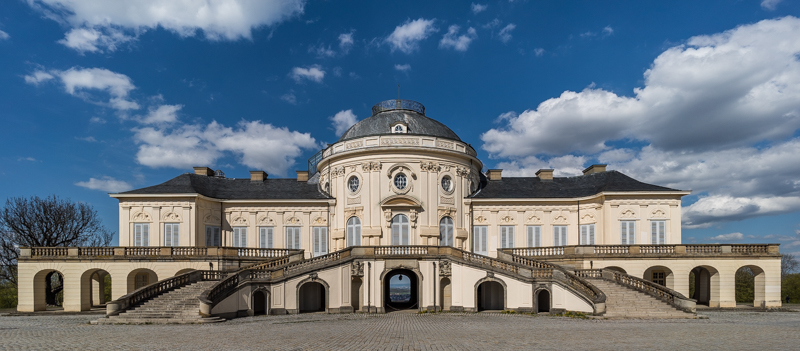
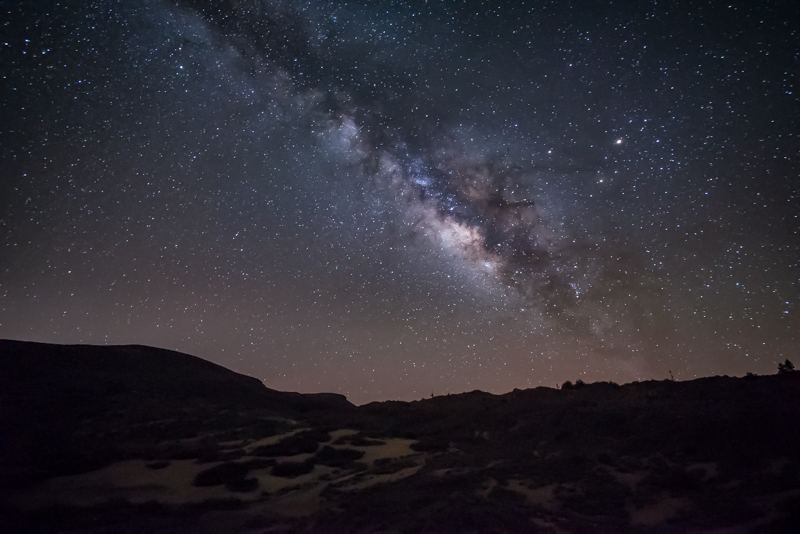
Specifications / Version History
There have already been three versions of this lens for Leica (or Voigtländer Bessa) cameras. The first still incorporated a M39 (Leica Thread Mount) while the second one was already equipped with a Leica M-Mount. The optical formula of these lenses was the same and they not only struggled with the A7’s and A7r’s sensors but also with Leica’s digital sensors. Therefore around 2015 a third incarnation was released with a completely new optical design for Leica M-Mount. The improved optics came at the cost of increased size and weight, as version III is noticeably bigger than it’s earlier siblings.
This lens is now also available with Sony E-Mount and while the optical formula is the same as the M-mount version, there are a few advantages when it comes to the handling of the lens. I will of course talk about those advantages in this review.
I am reviewing the brand new Sony E-Mount version here which has the following specifications:
-
- Diameter: 66.4 mm
- Field of view: 110° (diagonally)
- Length: 62.3 mm
- Weight: 298g
- Filter Diameter: 58 mm
- Number of Aperture Blades: 10 (straight)
- Elements/Groups: 11/9
- Close Focusing Distance: 0.3 m
- Maximum Magnification: 1:12
- Mount: Sony-E
You may also have a look at Voigtländer’s official page.
You can get this lens on CameraQuest | amazon.com | amazon.de | B&H | ebay.com | ebay.de (affiliate links) for 799$/799€ (new)
Disclosure
The Voigtlander 15mm 4.5 E Super Wide Heliar, was kindly provided free of charge by Voigtländer Germany (Ringfoto) for reviewing purpose for a duration of 2 weeks.
Handling / Build Quality
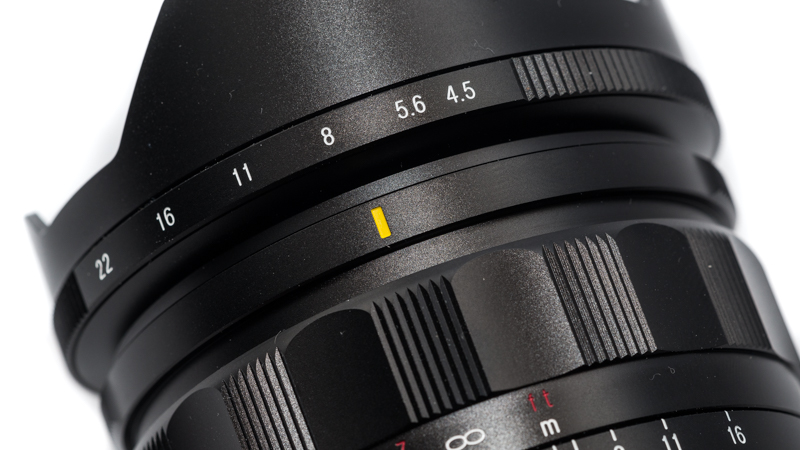
The build quality is very nice as the lens is an all metal construction and feels very solid, tolerances are very low and the markings are engraved and filled with white (and red) paint.
The focus ring hast just the right resistance, is distinctively shaped, quite broad and easy to grab without looking at the lens. It takes roughly 90° turning it from Infinity to 0.3 m. The aperture ring has third-of-a-stop click-stops and it takes a little less than 90° from f/4.5 to f/22.
When you turn the focusing ring the camera zooms in automatically, this can also be turned off in the camera menu. But there is an additional effect: a virtual distance scale is shown in the viewfinder and on the screen, I didn’t notice this when using the Loxia 35mm 2.0.
The hood is non detachable and therefore – despite the generous 58 mm filter thread – using a slot-in filter system like Lee, Cokin or Hitech is not possible.
The aperture ring can be declicked – a feature which is also availabe on Zeiss Loxia lenses – but the incorporation here is way better in my opinion: there is a small ring right behind the aperture ring, you can pull it forward, turn it by 180° and thereby change between click stops and clickless aperture (white dot on top: click stops, yellow line on top: clickless). This feature was not mentioned in the very brief manual, so it may come as a suprise for some 🙂
Vignetting and colorcast
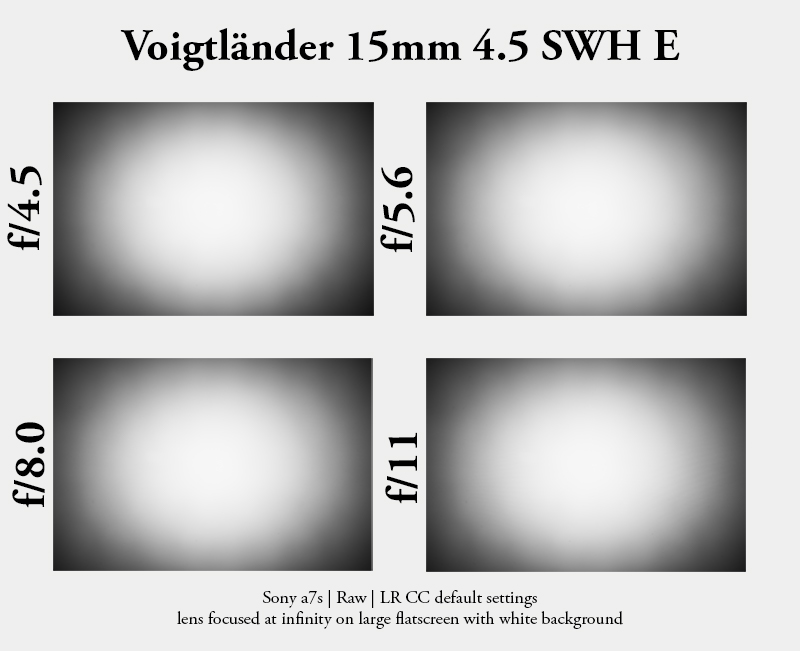
Similar to the Voigtlander 12mm 5.6 Ultra Wide Heliar reviewed by me this lens has a symmetrical optical design which allows for quite compact wide angle lenses with very low distortion (in comparison to retrofocus designs) but leads to noticeable vignetting throughout the whole aperture range. There is no Lightroom profile for this lens yet but you can use the profile for the corresponding M-mount lens which does a great job at correcting the vignetting as well as the distortion. Keep in mind though: correcting the vignetting means pushing the corner regions by a few stops, this may lead to visible noise in these areas.
In contrary to the Loxia lenses vignetting is not corrected in camera.
I couldn’t find any traces of color casts, something that could not be said about the earlier versions of this lens.
Testing the vignetting of lenses this wide isn’t all that easy and in real world shooting things don’t look as bad as the graph may suggest, so to finish this chapter I included a small comparison with and without correction:
comparison shot at f/11: uncorrected vignetting (before) vs corrected vignetting (after)
Sharpness
infinity
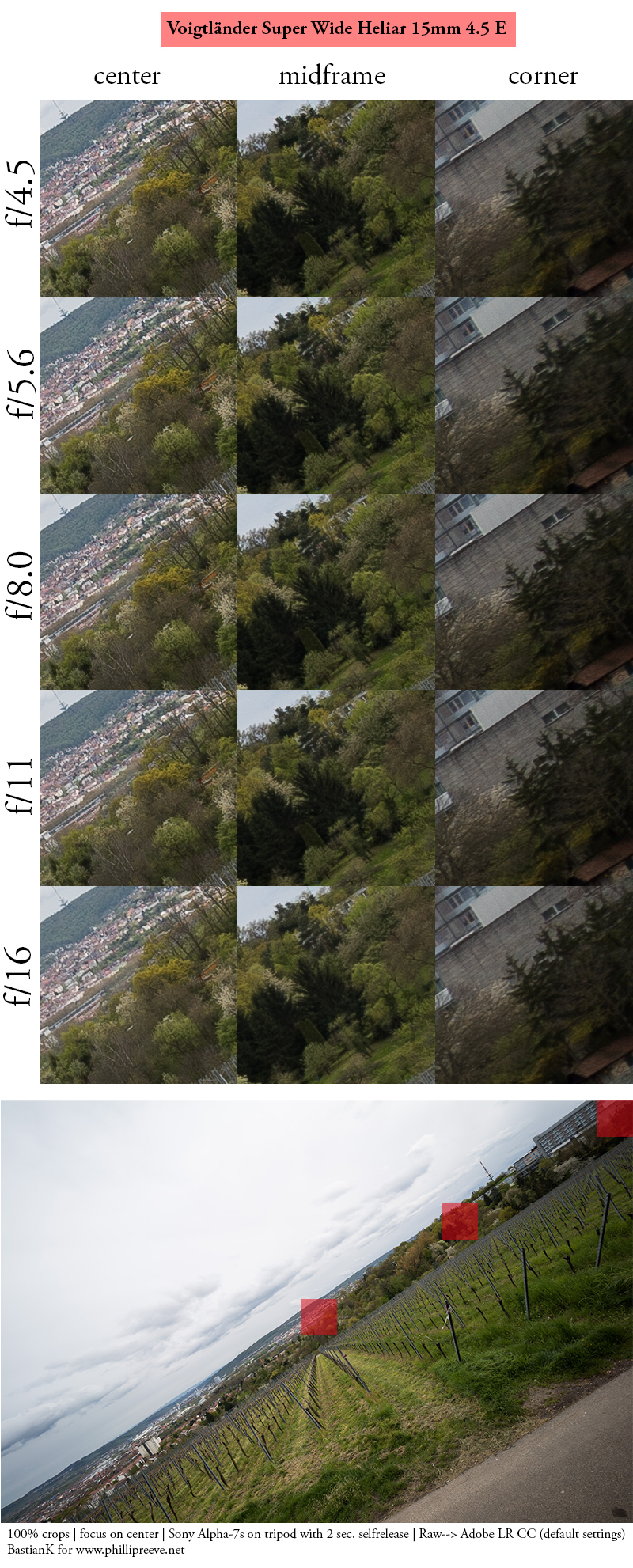
Everything but the extreme corners is very good from the start. So it isn’t surprising that with the A7s’ 12mp resolution I can’t see any improvements in the center on stopping down. The extreme corners steadily improve until f/11, which I think is the best choice for even sharpness across the whole frame. Nevertheless: I wouldn’t hesitate using this lens wide open if needed.
There is also not the slightest hint at any field curvature.
In comparison to the older wide angle designs for M-Mount cameras this is really a great performance, you may take a look at the 12mm 5.6 review to get a grasp of the differences.
The centering quality was very good, but I actually never had any issues with Voigtlander lenses in this regard.
One thing to notice: in the compilation above I increased the exposure on the corner crops to make them comparable in terms of sharpness.
close focus
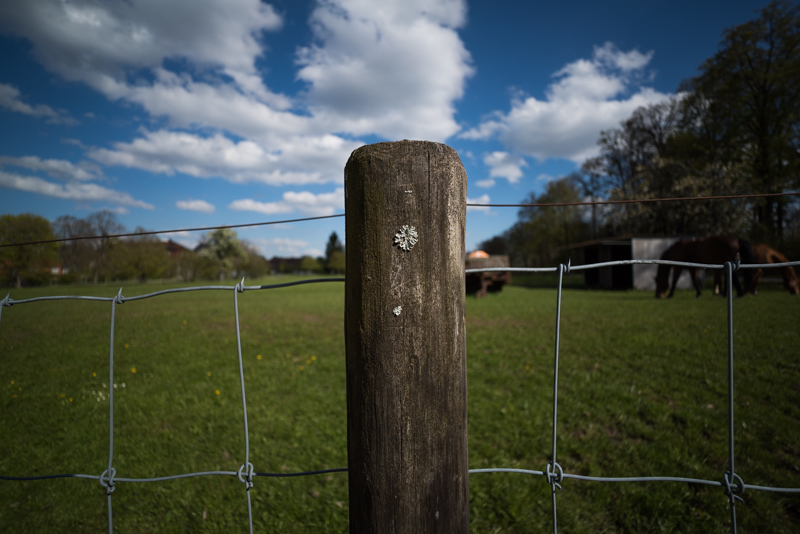
You may expected to see the 1$ bill here once again, but with a maximum magnification of about 1:12 this simply didn’t make any sense, so I choose this target instead. The sharpness up close is quite good already at the maximum aperture but to be honest I don’t see myself using this lens for close ups a lot, mainly due to the moderate maximum aperture and the rather long minimum focus distance.
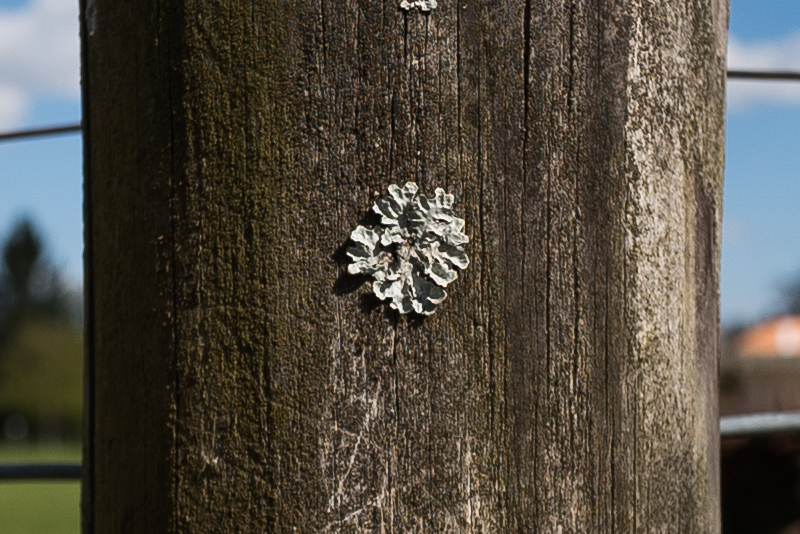
Flare resistance
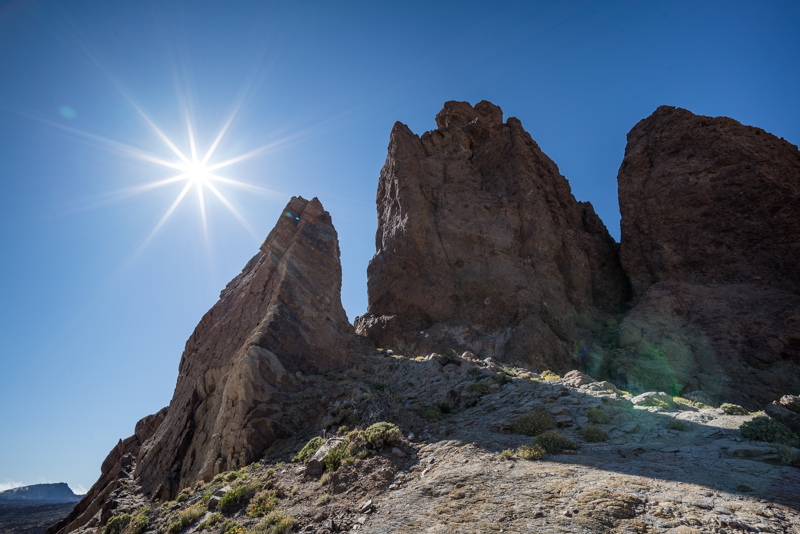
Many ultra wideangle designs struggle in this regard, but the Voigtlander 15mm 4.5 III E does a pretty good job here most of the time. I found out that with a strong light source positioned in the edge of the frame (see photo above) some ghosts may appear, but apart from that shooting directly in the sun is no problem at all, even the contrast stays on a very high level. I haven’t used every wide angle lens with 15mm available today, but among the wide angle lenses I have used (to name a few: Nikon 14-24mm 2.8 / Nikon 16-35mm 4.0 / Nikon 18-35mm 3.5-4.5 / Samyang 14mm 2.8 / Tokina 16-28mm 2.8 / Tokina 17mm 3.5 RMC SL / Voigtlander 12mm 5.6 M39) this is one of the best performances I have seen.
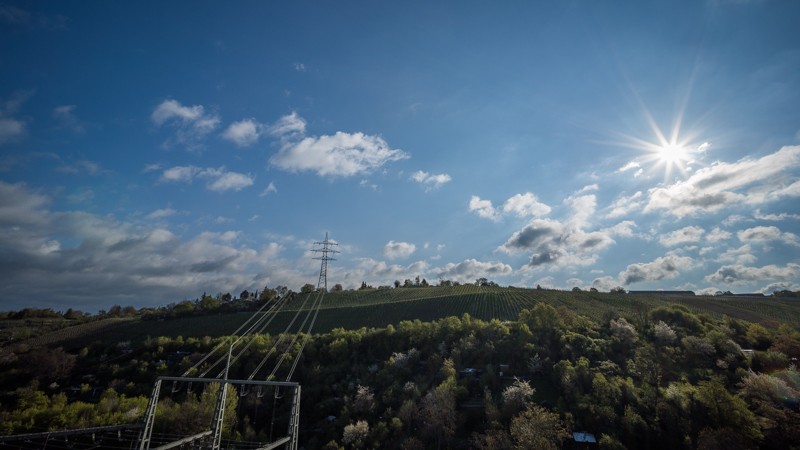
Coma
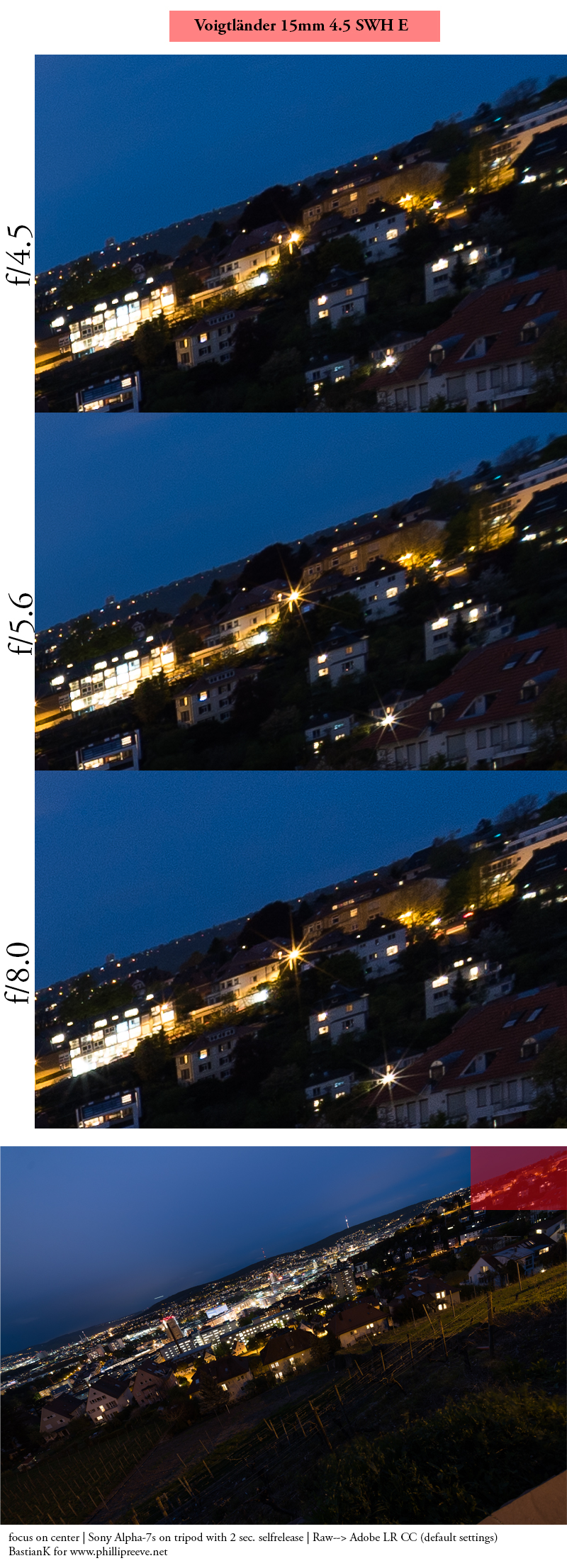
With a maximum aperture of f/4.5 this is not one of the fastest ultra wideangle lenses, but also only one third of a stop slower than e.g. the Sony/Zeiss FE 16-35mm 4.0 ZA. The coma performance is really good already wide open.
Use for Astrophotography
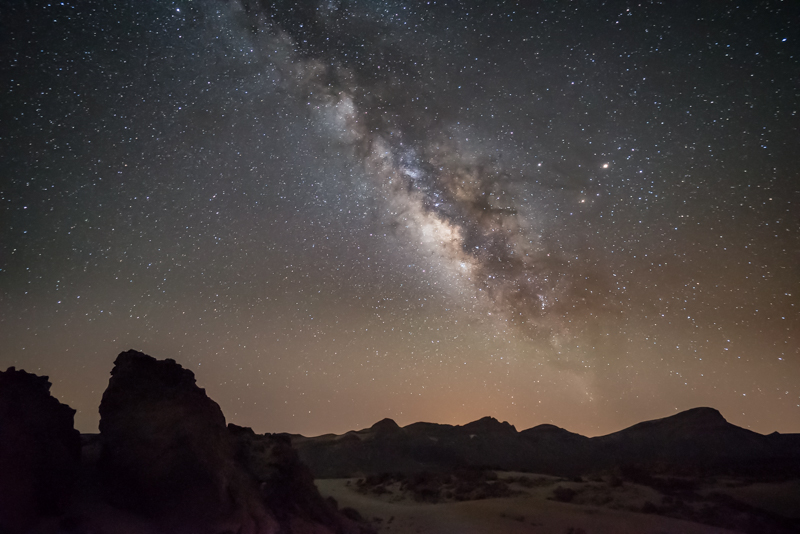
For astrophotography I want my lenses to be wide, fast and as free from coma as possible. The 15mm 4.5 is very wide and mostly coma free but not very fast. Compared to e.g. a 14mm 2.8 you are gathering less than half the light over the same period of time with the same ISO setting.
If you plan on shooting the milky way with this lens and want to include some foreground in your shoots it may be a good idea to take a second very long exposure for the foreground and blending the two shots together in Photoshop. Nevertheless, if milky way shooting is not your main concern and you just might come across shooting it some day you can certainly use this lens for that application.
Distortion
As already mentioned above one advantage of a symmetrical lens design is the very low (barrel) distortion and the Voigtlander 15mm 4.5 E III is certainly no exception here. There is no Lightroom profile for this lens yet but you can use the profile for the corresponding M-mount lens which does a great job at correcting the distortion.
But to be honest: the amount is so low even in many of the architecture shots it would have not been necessary to correct it.
comparison shot at f/16 (focused at infinity): uncorrected distortion (before) vs corrected distortion (after)
Bokeh
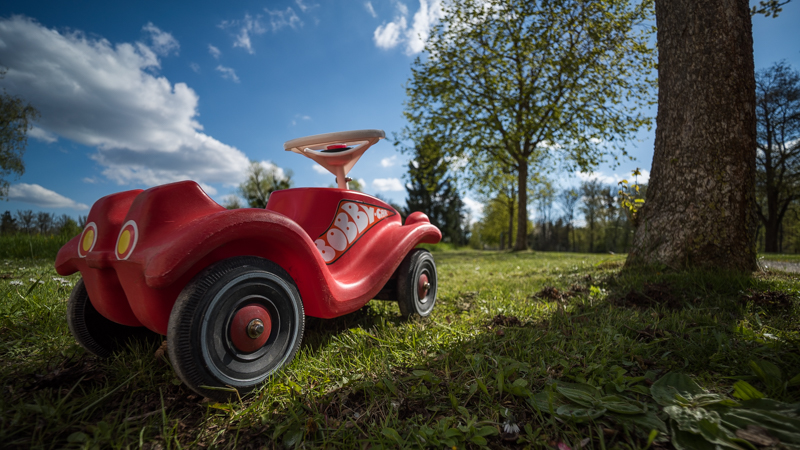
With a maximum aperture of f/4.5, the 15 mm focal length and a minimum focus distance of 0.3 m it is next to impossible to take a shot with the background visibly out of focus. The picture above was taken at the minimum focus distance and still the background is just barely out of focus.
If wide angle macro capatiblities are what interests you the M-mount version of this lens in combination with an helicoid adapter may be what you are looking for. You could of course use an E-mount extension tube with this lens, but even a small extension has a huge impact with such short focal lenghts, so if the tube is too long you can’t focus on anything.
Sunstars

As you may already know I really like the sunstars produced by 10-straight-bladed apertures and the Voigtlander 15mm 4.5 E III is no exception here. Wide open they are a little undefined and at f/22 they tend to fray but in between they are simply beautiful and very well defined.
By changing the aperture also the orientation of the sunstars changes by a few degress, as can be seen in the examples above.
Chromatic aberrations
longitudinal
Because of the rather slow maximum aperture longitudinal CAs are nothing to worry about. Because I couldn’t find any, I can’t show you any.
lateral
There is an embedded profile when using Lightroom for correcting the lateral CA which cannot be turned off. So to show you what it looks like without the correction, I took some shots without electronic contact between lens and camera.
Sony A7s | Voigtlander 15 mm 4.5 | f/4.5 | CA 100% crop without correction (before) /corrected with embedded profile (after), extreme corner
This is a pretty average performance for a lens with these parameters and the CA can quite easily be corrected in post, as can be seen above.
Alternatives
Samyang 14mm 2.8 (DSLR version):
I have used this lens for quite some time. Faster, way bigger, hilarious distortion, way more prone to lens flares and ghosts, only has 6-pointed sunstars and somewhat questionable build quality. If you are lucky enough to find a good sample very sharp across frame already wide open. I myself had to try three copies of which two were badly decentered. If astrophotography is what you want to do and you are on a tight budget this may be the right choice for you.
Sony/Zeiss FE 16-35mm 4.0 ZA:
This is your widest option with AF and OSS. I haven’t used this lens myself but according to Phillip’s review the flare resistance isn’t as good, there is some field curvature and barrel distortion at the wide end, considerably less vignetting and it is of course way bigger. I also don’t like the sunstars as much, but this is a very subjective thing.
Voigtlander 15mm 4.5 Super Wide Heliar I (M39) or II (M-mount):
Especially the M39 version can sometimes be found quite cheap on the used market. From what I have seen these lenses really struggle with the A7(II) and the A7r (huge vignetting, color casts, field curvature, bad corner sharpness) while some say they work quite ok with the A7s(II) and A7rII stopped down.
Irix 15mm 2.4:
Not available yet, I can only tell you it’s faster and bigger so far.
Samyang 14mm 2.8 FE:
Has just been announced, I can only tell you it has an AF and is faster as well as bigger so far.
Conclusion
good
|
average
|
not good
|
To me the Voigtlander 15mm 4.5 Super Wide Heliar E is a very welcome addition to the E-Mount lens line up and also a lens with very few real flaws (vignetting) and many positive aspects (sunstars, size/weight, build quality, sharpness/contrast). With the small A7 cameras I also want small lenses and I am more than willing to accept the high vignetting for that. For cityscapes and architecture at night beautiful sunstars also mean very much to me.
To be honest I don’t have much use for the de-click feature but the implementation is very clever and I will be happy to see it in further lenses.
I also think Voigtlander has found a very sweet spot balancing the size of the lens with the optical qualities. While the new lens is certainly bigger than it’s earlier siblings (and offers better optical qualities) it is still way more compact than retrofocus lenses.
So, who is this lens for? Anyone, who looks for a compact, native ultra wide angle E-mount lens with great build quality and very good optical properties. The transfer of Exif information and the “de-click” function of the aperture ring are also nice things to have. The price is quite well balanced as well, while it isn’t a cheap lens it is also by no means overpriced. In case you are looking for better across the frame sharpness at wider apertures or you need a lens with a maximum aperture of 2.8 you are pretty much stuck with adapted DSLR lenses as of today which are also way bigger.
You can get this lens on CameraQuest | amazon.com | amazon.de | B&H | ebay.com | ebay.de (affiliate links) for 799$/799€ (new)
Sample Images
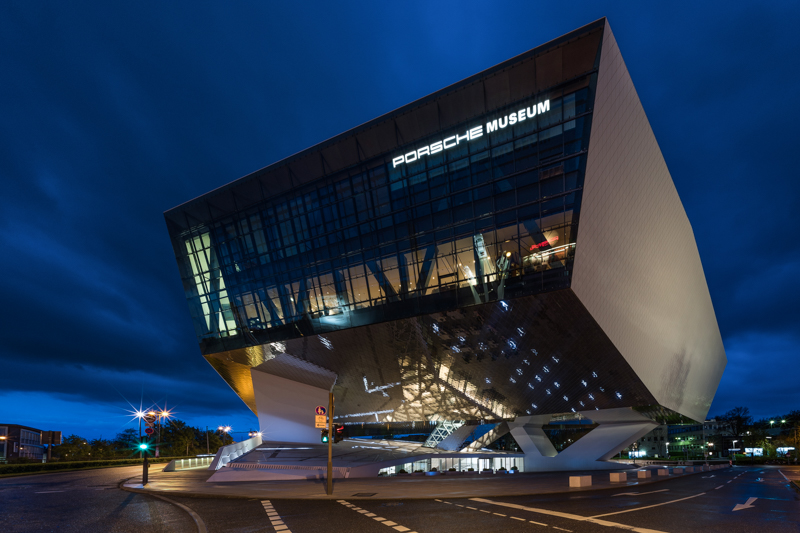
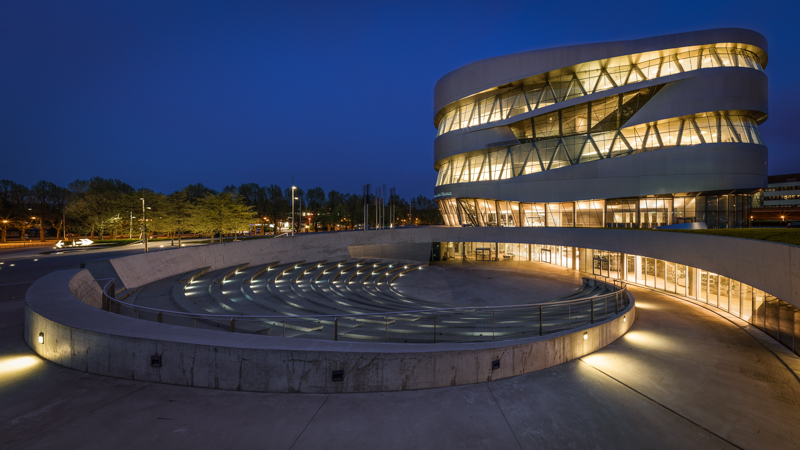
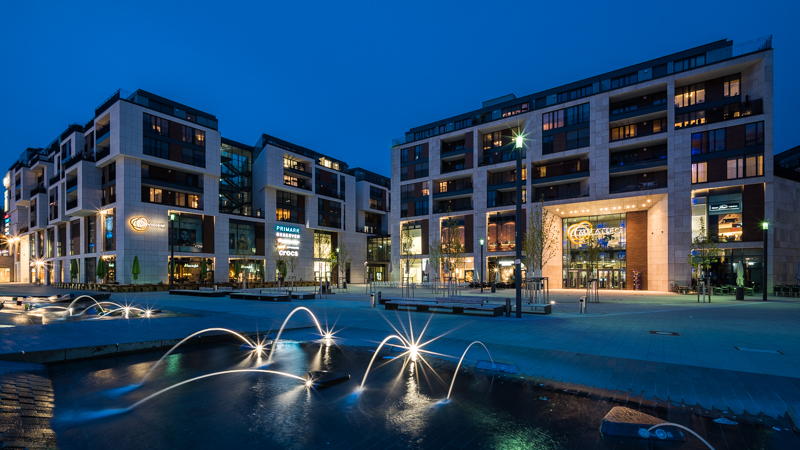
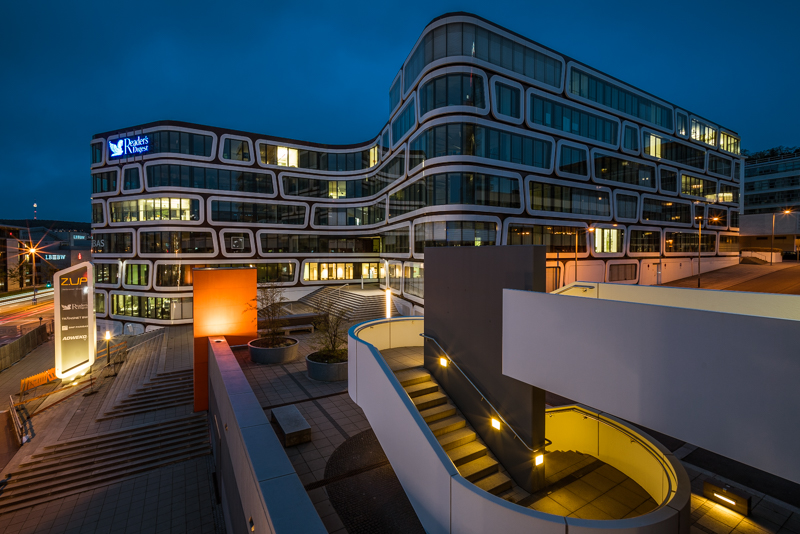
Further Reading
- Our reviews of mostly manual lenses on the Sony a7 series
- Voigtlander 2.8/28 Review
- Voigtlander 5.6/12 Review
Support Us
Did you find this article useful or just liked reading it? Treat us to a coffee!
![]()
![]()
![]() via Paypal
via Paypal
This site contains affiliate links. If you make a purchase using any of the links marked as affiliate links, I may receive a small commission at no additional cost to you. This helps support the creation of future content.
Latest posts by BastianK (see all)
- Review: Viltrox AF 35mm 1.2 FE LAB - December 17, 2025
- Analogue Adventures – Part 47: Tübingen - December 17, 2025
- Review: Zeiss Milvus 25mm 1.4 Distagon - December 13, 2025

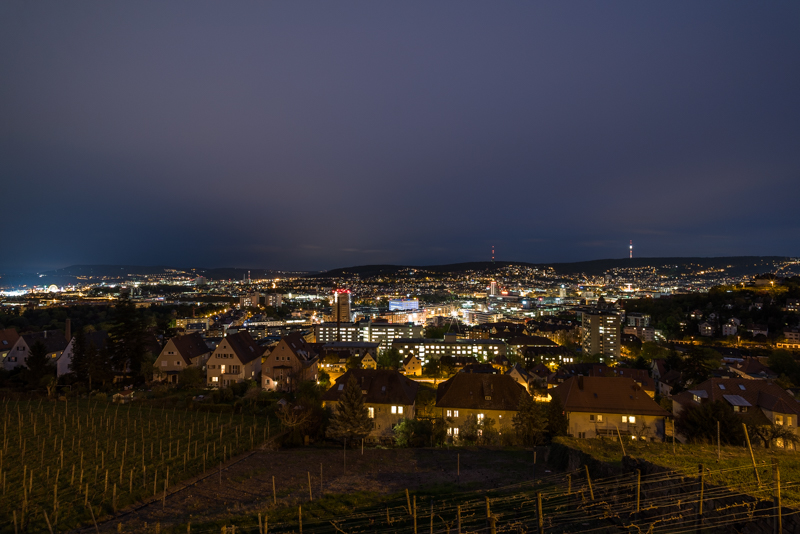



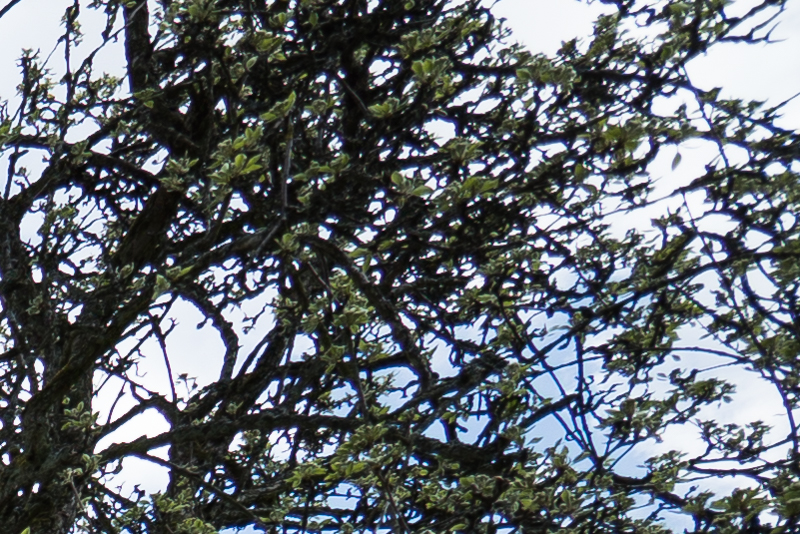
I use the older version II on my A6000 because it’s much smaller and lighter, and looks better. I love it because you can just set it to f/8-11, pre-focus on 2 m and just call it a day with everything in focus from 1 m to infinity and tack sharp. Zone focusing makes this lens super easy to handle. Field curvature and a little bit of nice distortion gives you a very three-dimensional rendering and the heavy vignetting helps to focus the view point. Though the color cast is even visible on APS-C, it’s seldom a problem for me. Only with very white motives (snow, white buildings, white rocks) it’s distracting. In this cases, there’s Lightroom (dialing down magenta or add gradients) or Cornerfix. It’s really a nice walk-around lens and it’s a fixed part of my travel kit.
It’s nice to see Voigtlander continue to evolve such a great lens but I agree, I am a bit put off by the physical size of the Version III 15mm Heliar. With the stepless aperture ring and chipped mount, Voigtlander seems to be trying to attract video and digital shooters rather than 35mm Leica shooters such as myself. I guess this lens series has had some issues with compatibility on digital cameras though so this is trying to be addressed to cover a wider audience. By doing so, however, you really lose the haptics of such a once tiny lens. I’ve been using my Version II 15mm Heliar since 2012 and it’s become an important lens in my rangefinder kit. Falloff at full aperture is dramatic but interesting, stopped down it’s one of the highest resolving lenses I own. There are sharper, faster, cheaper wides out there but few which are so perfectly rectilinear and few with the excellent ergonomics and build quality of the Version II. Anyway, here are some examples of my work with the 15mm Heliar.
https://www.flickr.com/photos/johnnymartyr/albums/72157629244914755
Thanks for sharing!
Everytime I see a VII I am tempted to buy it, but it seems to indeed have some problems on digital sensors (not only on Sony but also on Leica cameras).
Nevertheless I think it was quite a smart move by Voigtlander, I guess they might have sold more lenses to Sony users in 2 years than they have to Leica users in the 10 before…
Bastian
This looks like a rather nice lens so far, if not very nice. I had the Snapshot Skopar 25/4 on my NEX 6 and even if dng-only Cornerfix was a hassle Rawtherapee has a rather good flat-field function. Still an extra step, hard to get precisely perfect in every shot and I ended up just using it for b&w and then selling it.
Hi would it be possible to compare this e mount lens against the same v3 m mount version on VME adapter with high mpixel bodies like A7r2 or A7r? Especially on corners? I keep hearing people saying CV will do something in the optical formula on the e mount lenses to compensate for thick sensor glass in the A7’x bodies.
The optical formula of both V3 versions is the same.
There is an interesting threat over at Fredmiranda.com http://www.fredmiranda.com/forum/topic/1425842/0
In which Fred has tested an four copies of this lens (1 E mount and 3 M) and all are good in the centre and midfield, but only one copy is good in the corners: and it’s really big difference. (the good one was M mount but that’s a fluke) As far as I can tell Bastian’s copy is not as good in the corners as the best of those four, but perhaps a little better than the others.
Since Fred is a reliable tester, it suggests there is a lot of sample variation. But note one thing: *all* of them were well centred! So whatever is causing this variation is not simple decentering..
Great name
I have the M mount Ver 3 look like the E mount not improve a lot compared to the M mount
The optical formula is the same, but there are some handling improvements when using the E-Mount version.
Bastian
Thank you for the review.
Where is this library shown on the images?
You are welcome!
The library is located in Stuttgart, Germany.
i love that lens. i have it since it is on the market…
https://flic.kr/p/FELAy5
https://flic.kr/p/GRQ7WG
Thank you for sharing your shots with our readers!
Bastian
Thanks a lot for your excellent review on this most interesting lens. I have it on my mid-term shopping list. What I love is the sun stars you have generated with it.
I understood that you are especially interested in this nice effect. I assume that
you or others from the team will have further experience. Maybe you can evaluate the capability of other lenses for capturing photos with nice sun stars around light sources.
Would be great, if you could give a recommendation which of my following lenses would be promising “sun star candidates”. Please find the list below.
Thanks a lot and kind regards
Roland
Sony FE: 4/16-35, 2.8/35, 1.8/55, 4/70-2010
Sony APS-C: 10-18, 16-70, 55-210.
Contax Zeiss CY: 2/28, 2.8/28, 1.4/50, 1.7/50, 1.4/85, 2.8/85, 2.8/135, 2.8/180
Yaschica ML: 16mm Fisheye, 3.5/21, 2.8/28, 1.7/50, 55 Makro, 2.8/135, 4/200
Tokina 2.8/90 Makro,
Sigma Super Wide II 2.8/24, Paragon 2.8/24, Soligor 2.8/28
Dear Roland,
I personally prefer the sunstars produced by 10 straight aperture blades.
For evaluating what aperture construction leads to what sunstars this list isn’t all that bad: http://www.kenrockwell.com/tech/sunstars.htm
All the (F)E lenses you mentioned either have 7 or 9 rounded blades.
I am no expert on C/Y and Yashica lenses, but I think most of them have either 6 or 9 rounded blades.
I don’t know much at all about the other lenses.
I would totally recommend placing some small light source at the other end of the room (I have already used an LED Headlamp for this) and mount all the lenses one after another and take a shot at ~f/11 and decide for yourself which rendering you prefer 🙂
In case the aperture has not so tight tolerances and the blades do not align correct (I have seen this in older Sigma and Jupiter lenses) the sunstars may become a little deteoriated, meaning one streak is longer than another. I would totally avoid these lenses for shooting cityscapes at night!
Bastian
The Loxia 21mm gives great 10pt stars.
This is coming a bit late but in case you haven’t found out yet, the Sigma SW II 2.8/24 flares quite a bit. Here’s an image I took at night with it, shooting at a building with outside lights: https://flic.kr/p/NQ5LqS
Hi Bastian,
thanks for your kind and comprehensive response. In Contax Zeiss lenses six blades appertures are common. Of course there are other designs, too.
I had checked my lenses (Sony, Contax, Tokina) yesterday in the appartment. I had a small LED-light on the wall and took photos with the lamp in the corner, stopped down to eleven. Most of the lenses did not show clear or just inattractive sun stars.
Nice sun stars I just found with the following lenses:
Sony Zeiss 2.8/35: fine and nice 14 rays star
Tokina 2.8/90 : strong 6 rays star
Contax Zeiss Planar 1.4/50 und 1.8/50): etwa wie Bokina.
At nigt i went out for the spring fair for a field test with the Sony Zeiss 2.8/35.
There were thousands of spot lights around, but I could not generate sun stars.
You have an idea what could have been the reason? At home it hat worked fine.
Thanks again as well for the interesting links.
Kind reagards from Heidelberg
Roland
Greetings to Heidelberg!
For generating sunstars you need a strong contrast between the lightsource and the surroundings.
At a fair sometimes almost everything is bretty bright so the scene is missing that contrast.
I have an example shot with the Voigtlander 15mm 4.5 here: https://www.flickr.com/photos/140854680@N04/27014902976/in/dateposted-public/
Only the bright spotlight in the upper left shows a distinct sunstar while all the other lamps are not bright enough in contrast to produce one.
Bastian
without considering vignetting this looks an awesome lens, i’m torn between this and the loxia 21, but i should sell my C\Y Zeiss lenses to finance one of those
15mm and 21mm are so vastly different!
I would certainly have use for both of them 🙂
i too would like to use them both, but you know, budgets kill dreams 😀
Dear Bastian,
thanks again for this very helpful work!
I have just one question: can you say something about the infinity hard stop (I guess there’s one). Is it sufficiently exact? This would be very favourable for night photography.
We all know about the terribly misaligned infinity stop at most of the Samyang lenses (on my copy of the 14 mm E-mount you have to set the focus at ca. 2m to get distant objects in focus). Here also the usual tips (“stop down and be happy and don’t count the pixels”) do not help, as a) focus is too far away, b) at least night photography really benefits from apertures not totally closed, and c) A7rII is unforgiving. Even my Zeiss 15mm ZF.2, which is dead on on the D810, attached to Sony via Metabones is not perfectly in focus at f/2.8 (but f/4 or 5.6 and it’s ok). So a properly aligned hard stop is really a gift from above!
Dear Uwe,
yes there is an infinity hard stop and it is sufficiently exact even for astrophotography wide open.
I definetly know about the problems with the Samyang 14mm and this one of the reasons I am using the Nikon AF-S 14-24mm 2.8G now.
The problem with your 15mm ZF.2 is probably due to the metabones adapter not exactly matching the flange distance of a Nikon camera body.
I am using that same exact adapter myself and while the Nikon 14-24mm does not have a hard infinity stop I have a pretty good idea by now on where infinity is on the distance scale,
and it definetly is somewhere else when mounting the lens via metabones on an A7 camera
(I double checked this by putting the lens on the D800, correctly focusing at infinity and then attaching the lens to the A7 without touching the focus ring).
This also impacts the corner sharpness of some lenses with floating elements design (e.g. the 20mm 1.8G).
Unfortunately I haven’t found a better adapter yet…
Hello Bastian,
I had a VM III on loan with a Voigtlander close-up adapter and was really happy with it (on an A7RII). The close-up adapter is really great (fantastic build, very easy to use). I now have the e-mount lens and for me the nice things about it compared to the VM mount + close-up adapter are:
– weight
– EXIF
– price (the Voigtlander close-up adapter is quite expensive)
The VM lens I had was better in the corners although the current e-mount lens I have is fairly good: the first copy I had was very poor at the corners (so it seems that these lenses are not all made equal).
The one thing that I miss badly though is the close focus … which is really fantastic for things like flower photography.
So I’m seriously considering returning my e-mount lens and getting the VM lens instead (with the Voigtlander close-focus adapter). EXIF data is useful, but it’s easy enough to add in in Lightroom. So the only real negatives would seem to be weight and price.
Would you agree with this, or am I missing something?
Thanks
Robert
Dear Robert,
I totally agree with you. I own and use the VM-E close focus adapter myself all the time and also consider getting the M-Mount version instead of the E-Mount version because of the rather long minimum focus distance.
But for just one lens the adapter sure is very expensive.
Oh, don’t waste your money on some cheap <100$ helicoid adapter (like Quenox), I tried one and it sucked badly in every regard...
Bastian
I’m delighted to hear that you agree Bastian 🙂
The VM-E close-focus adapter is a beautiful piece of kit and with the 15mm M-mount it’s a great combination.
I also totally agree with you regarding adapters: I had a Fotodiox adapter I used with one of my Canon lenses and it was pretty terrible. So from now on for me it’s native lenses or 3rd-party lenses with the best adapter I can get.
Cheers
Robert
I know this comment is over 3 years old but it might be of interest for some. I can’t at all confirm this statement. I bought a Leinox/Leicaist close-focus adapter for 60€ used and build-wise I can’t imagine how the original one would be any better. I must admit there is some play at maximum extension but this is my fault because I put too much weight on it.
Anyways, I’m considering the 15mm f/4,5 for E-mount but have yet to find out if it would work with a 10mm extension ring. Since I want data transmission, going with the VM isn’t an option.
You can, but it’s unuseable. Working distance is non-existing, resolution is poor.
I still have the Laowa 15mm 4.0 macro review sample for sale 😉
One can use square filters with a special holder and ring. There is such ring for Cokin P system: it’s called universal adapter ring (P486). I can’t guarantee but I think it should work fine with this lens in tandem with a wide 1 filter holder.
P.S. Thank you very much for all the reviews Mr. Phillip, they are really helpful.
I own both, the lens and the mentioned filter system. It is NOT usable, the reflections on the filter will be visible, you would need a filter system that doesnt allow light on the backside of the filter.
Hello Bastian, thank you very much for your review, it is very helpful!
When reading it and watching the sample images, I got a question; it would be wonderful if you (or Philip) could try to answer it. The question is: Is the Voigtländer 15mm 4.5 III E really sharper (has better resolution, until the corners) than the Sony-Zeiss 16-24mm 4 FE zoom lens at 16mm? Or are the benefits of the Voigtländer rather in other areas, e.g. the good build quality, the nice handling, the distortion (much better that the Sony-Zeiss zoom at 16mm!) etc.?
I ask this question because I am currently considering which wide-angle lens(es) to by for my A 7 II. Thank you very much for your help in advance, yours, Roman
I haven’t used them side by side so I don’t dare answering that question 🙂
Bastian
Hi Bastian,
I recently bought this lens as it seems to be the best ultrawide option. (and the loxia 21 is too close to my fe 28mm for my liking). My copy looks a lot worse than yours, and I’m not sure if I should return it. On Fred Miranda almost everyone seems to have bad corners. Maybe you could take a look at some of these pictures and give your opinion?
All at f11 as that is the main point where I’m concerned, jpg’s have corrected vignetting and default lightroom settings.
https://www.dropbox.com/sh/vo09nf0zay4wmxa/AAAXlRUXz2lPNsBg-oR1RoNba?dl=0
Dear Cédric,
I took a look at your photos and albeit I wouldn’t say this lens ever gets perfect in the corners I think there are samples out there that would definetly look better in the conrers, especially at f11.
I would also try to return that lens.
Bastian
Hi Bastian ,
Recently I bought one Voigtlander Super Wide-Heliar 15mm f/4.5 Aspherical, now unable to use this lens on Canon (70D) body. I already tried to get mount it thru two-three different type adapters, but have not get any suitable result.
Please suggest if any possibility to use this amazing lens on Canon body.
Thanks in advance for your prompt response.
Regards,
Virendra
There is no way to mount this lens on a SLR like your Canon.
Hi Bastian,
Do you know if this lens will vignette when using one normal (B+W F-pro) 58mm filter instead of a slim one (XS-pro)?
I want to get a 10-stop ND filter for this lens, though I’m unsure which one to get.
Kind regards,
Cédric
Dear Cédric,
I couldn’t check as I am mainly using square filters and did not have an 58mm filter lying around.
Hi Bastian, want to ask you how can you use square filters on lens if lens hood can not be taken off, is there any adapter for it,
Jaroslav
Hey,
I don’t know of any lens specific holder for that lens yet.
I do know someone in Germany who removes hoods professionally though
(may be the only option as of today to use square filters on that lens).
If there is any interest I can also ask NiSi Filters if they would be interested in making
a lens specific holder. They already did one for the 10mm 5.6
Thanks, I would be interested in specific holder, but not now it would be later, I want to buy new wide angle lens for landscape for sony a7r ii, and the best I found so far is VC 21mm 1.8, the 15mm is too wide for me, and I have Lee filters and would like to use them. I saw video about to remove the hood, but I am not sure about that. And if you would have any recommendation for better manual lens for landscape, would be great, thanks very much
I think the Zeiss Loxia 21mm 2.8 is the better lens compared to the CV 21mm 1.8 on the A7rII.
The Voigtlander 15mm f/4.5 VM Asph III and the Voigtlander 15mm f/4.5 E is not a symmetrical design as claimed in this blog post.
From the optical diagram provided on the Voigtlander website:
https://voigtlaender.com/images/15mm_f4_5_superwideheliar_emount_lc.jpg?crc=469809336
… this is quite clearly a retrofocus lens, as it has several negative elements in the front to widen the field of view, followed by some mostly positive groups in the back.
Voigtlander does make some symmetric wide angle lenses though, such as the VM 21mm f/4.0 Color Skopar P-Typ.
Awesome review!
This really seems like the lens for me.
Currently on A-mount and nobody makes a decent wide-angle prime, the market just doesn’t want them.
The samyang has a bitterly high barrel distortion, although its razor sharp.
Just to be sure: This lens won’t fit an A-mount camera, only Sony E-mount.
Which mode should I set my A7ii to shoot with this lens?
If I use Aperture Priority, and select using the ring, will the camera adjust the speed?
What happens when I use Shuttle Priority mode then?
Use aperture priority or manual mode.
You can also use S mode but the camera won’t be able to change the aperture.
Thank you sir
Hi Bastian, was looking on that lens, too. But its not weather sealed and I was looking for something below €1000, a bit expensive, is there any other alternatives…
Jaroslav
The Loxia 21mm 2.8 is weather sealed.
I would try getting on the used market.
You won’t regret it for sure!
Hi, Bastian
Great review
I’m now consider for 16-35 f4 and this Voigtlander lenses.Could you please suggest which one is shaper? I’m interest in Voigt coz of sunstar.
The differences in sharpness are not really meaningful here, both are sharp lenses.
Thank you for your reply,
Hi, this is also a very good review of this lense. As I wrote on Ians blog I just bought the first version of this lense. This was made to use on film cams but with the a7s it works also very well! Advantage of the first version is: much smaller and lighter then this version III, and you can get it with adapter for ~250$ I don’t know why and how but there is absolutly no magenta color shifting with the a7s. Maybe it is because of the special sensor of the a7s? The combination of sony a7s and super wide heliar 15mm first version is my smallest and lightest set up of full frame photographic (in total 644g).
Best
Jens
have you found any good ND Filter for this lens?
Kind regards
I only had a review sample for a short period of time so I didn’t further investigate this, sorry.
I just received this lens and put it through some quick tests. I am finding that the sweet spot is f/11 with f/8 a close second. f/16 is also nice especially with some post processing sharpness. I am shooting with the Sony A7rll in RAW. I use both Lightroom and Capture One Pro for my post processing. Lightroom is my go to catalogue app but for critical work I find C-1 better. I know this is debatable and probably should not be debated in this post. C-1 has the ability to sharpen the edges and I have found this very handy when using my Voigtländer 12 (m-mount via Novaflex adapter). C-1 also has a diffraction correction which does bring the sharpness at f/16 to about that of f/11 (pixel peeping at 200px). For you C-1 users, I created a lens profile correction with a grey card for each of the apertures of the CV 15 and I find this corrects the vignetting better than the supplied profile in LR. I ran the same grey card images through LR with the CV 15 profile supplied and LR actually made the edges brighter than the center of the image; i.e., LR over corrected the vignetting which may not be apparent with normal shooting. When focusing images not in the center but at the corners of the “Rule of Thirds” point in the frame (if that makes sense) these points are sharp especially with some post processing (which is usually my focus point). At the extreme corners, there does seem to be some loss of sharpness but I am not sure if this is just some distortion from being such a wide angle or a flaw in the lens. In real world processing , very often this part of the image gets cropped or if printed, won’t matter because the eye will go to the sharp areas of the print. It may not be any worse than a high quality wide angle zoom at the same focal length and aperture. The bottom line is that in landscape shooting using the “Rule of Thirds” to anchor a strong foreground element, I think this lens will produce terrific images with good technique and post processing. I bought this lens to use for an upcoming trip to Iceland and am confident that if I use use good technique, I will be satisfied with my images from this lens. Hope this helps.
That’s not honest to test this on an A7S, seriously there is not a single reason to test it on such a low resolution sensor when you could have used it on your other A7x bodies. This lens is almost landscape-only. Was it requested by Voigtlander to hide the hideous corner sharpness of this lens ? It seems only few people are actually getting a sample with decent corner sharpness. Just have a look at the looong thread at FM forum !
But I love your reviews anyway !
At that time I didn’t have another E-mount camera and honestly: what would be different?
You don’t need 42mp to see the corners are never really great, 12mp suffice for that.
I have the Ver lll M mount snd using the Voightlander VM Adaptor, not the close up version.
Using it with my A9 24mp…
Would I be better served with the FE version? or all I am getting is EXIF info. Would there be any image quality difference?
Thanks
Image quality would be the same.
You need to check , if the A9 firmware includes lens correction for the Voigtländer Heliar III to find the answer to your question. If yes, in-body CA, distortion and vignetting will be corrected in-cam for jpeg and CA + vignetting for Raws. Same thing with the Raw Converter. Automatic correction profile selection just for E-Mount Heliars. In other aspects image quality will be generally the same for M and E versions.
Great Review Bastian, as usual with you guys.
Got a question: could you think of a valid lens option to be used for both real state photo and astro?
It will be more for the first than the second, but will love to give it a try.
I guess that one lens for each is probably better, but I need to consider budget constraints.
Thanks and best regards,
Rafa
Have a look at the Laowa 2/15 which is decent for astro and has very low distortion: Laowa 2/15 review it should fulfill both needs very well
Thanks Phillip. It looks quite interesting as well.
Was tempted by the Loxia 21mm, but is maybe a bit large for some shots inside. Will try to give some of those lenses a try before deciding. kr
According to reports so far, with Laowa 2/15 it is lottery if you woöö get a properly centered copy. The lens shows strong coma, severe vignetting, lots of CA, corners are not sharp when capturing open or somewhat stopped-down. You should explain your motivation to recommend such a lens with such features speciolliy astro photographers, thannks. Are you familiar with requirements?
Just read our review 😉
It is not an excellent astro lens but a competent one.
I’m curious if you guys have ever tried M43? The panasonic 7-14 is surprisingly good- consistent across the frame as well. Just wondering if you folks have tried out other mirrorless formats out of curiosity:)
I once tried the Panasonic LX100 which uses a m43 sensor.
In terms of usability probably the best modern camera I have used so far (so much better than the Sony offerings…) but the sensor just didn’t deliver in the end.
Jannik is trying out Fuji-X at the moment.
Thanks for the great review. A question… I notice that the 18mm Batis seems to have better corners that this Voigtlander 15mm. If you were to crop a Voigtlander 15mm photo to 18mm and compared it to the same photo taken with the Batis, would the IQ be pretty much the same or would the Batis still have better corners?
If you are on a 42mp camera you will end up with only 30mp.
I think the image quality will be comparable and you should pay more attention to AF vs MF, 2.8 vs 4.5, 10 vs 9 aperture blades and of course the size.
Hi, thanks for a great review! My copy on the A7R3 is sharp in the corners. Love the lens and it’s large focal range sharpness. My question is about a somewhat notable color cast on this lens. There seems to be a warmer tint to the images. Have you noticed that? I have a clear filter on it but doubt it’s that. Lastly, do you turn off the zoom function for focus peaking? Thanks again.
Dave
Hey Dave,
I did not notice a warmer tint compared to my other Cosina lenses, but if you compare it to the likes of Sony or Sony/Zeiss it might look warmer.
I would still recommend to not use a clear filter, with the non removeable hood it is especially useless on this one.
I did turn the auto magnification off, as it slows me down in shooting.
Bastian
Dear Bastian,
If i open an image in C1, will it automatically correct vignetting?
Thanks
I don’t use C1, so I can’t answer that question for you.
Lightroom does exactly that, yes.
hello bastian
your hardwork and effort on this reviews is impressive you must add a donation button.
thanks
I have a question re: this lens vs. the V.II version (M-mount, using the VM-E adapter on a Alpha 7 (version 1):
The cost for the V.II + the close-focus adapter (on Amazon) is only about $100 more then this native E-mount version. I understand that the V.II won’t send digital info to the A7 – does this also mean that I’ll have to shoot fully manual with the V.II instead of being able to shoot in Aperture Priority mode, or will the A7 be able to infer/detect somehow what I have the f-stop ring set to?
I ask because I’m torn between this version (cheaper; set up for use on the A7 directly) vs. the V.II + adapter (more expensive, but the adapter will allow me to use other M-mount lenses I run across; possibly more manual operation/slower) for my upcoming trip out west.
Decisions, decisions…
Thanks a million for all you guys do here, seriously – this site is *amazing* for all the info and feedback you provide. Really appreciate it! –B
I had the VM15 II with my A7R2 for quite some time. Recently I got a VM15 III e-mount for a pretty reasonable price but I still didn’t decide which lens to keep. Since you have an A7 I will recommend VM15 III because I saw a lot of reports on the red cast effect on A7 but on A7R2 it is almost none. For both lens you will need to change the aperture thru the ring on the lens, but the camera can adjust the shutter speed accordingly. For such a wide lens I didn’t see any difficulty to use manual focus. Based on my knowledge I found the VM15 II is only recommended to use with A7R2, not sure its performance on A7R3/A7M3.
Here’s my additional opinions on the two versions, I can see some corner sharpness improvement and less vignetting, but to be honest I’m already pretty pleased with the VM15 II performance. But the VM15 v2 has HUGE, SIGNIFICANT advantage on the size and weight even with the adapter. When I put the VM15 v3 in my bag I know I’m carrying another lens, but in the past I almost always have the v2 in my bag and just feel like I’m carrying an extra battery and lenspen.
If comparing 1635ZA, VM15 v3 and VM15 v2 it will be more interesting. The 1635ZA is so versatile and the sharpness at 16mm is the same or better than VM15 v3, the VM15 v3 has better sunstars, less weight and size while the VM15 v2 has the same sunstars, again much less weight and size but a little weaker sharpness. It’s so hard to decide…
This is *great* info – thanks very much.
I really like what you say about the size/weight advantages of the v.2, and since I’ll be hiking a lot this is a non-trival advantage IMHO – thanks for pointing that out.
Re: adapters for the v2 version: if I go with the Metabones adapter, I can save lots of $$, and I’ll have the ability to use other M-mount lenses down the road. Sounds like the non-electronic nature of the Metabones adapter (or even the Fotasy, which is so cheap at >/$20 that I’m morbidly curious to try it out) isn’t a real issue with the lenses I plan to use, so is the premium cost of the VM-E Close Focus unit really warranted? I know about the 4mm spacing advantage, but in actual practice in the real world is that worth the extra $220 or so for that unit with these lenses?
Thanks again!
I use a pretty cheap adapter, less than $10 and I didn’t see any issue with it. I tried to take a pic with lens cap on and didn’t see any obvious light leak. The close up adapter might be a good choice for other FL lens like 35mm or 50mm but I do not feel it is very meaningful with a 15mm lens.
But again I would like to remind you that many reports sad the II version has very severe red cast effect on the A7/A7R/A7M2 CMOS….
Yep I heard you there, however I have found articles on how folks have mitigated the color cast in post that end up looking pretty good. I’m also very likely to convert my images to B&W (didn’t mention that before, sorry).
My plan now (thanks to your helpful feedback) is to try the V.II version with the cheap adapter, then, if the color casting is too terrible, return it and replace it with the V.III.
Thanks again for all your tips! –B
Hello, I read about the significant differences between copies of this lens. How to check whether a copy is good or bad? Regards
See this article.
Bastian, thank you and your colleagues so much for all the in-deph information, wonderful resources. I already purchased via your affiliate links, a great way which I am happy to use.
I am a new 7ii user (with the not so famous Sony Zeiss f4 24-70 kit lense, at least with cashback on both) and I am looking for an addition at the wide-angle end, mainly for architecture as main focus (and landscape in addition), say between 15mm and 21mm.
I understood that the Loxia 21mm is probably a (the most) fantastic choice, yet I would need to save a bit for it.
Would it be recommended over the Voigtlander 15mm 4.5 for architecture?
Further, following the very good review for the Flektogon 35mm I saw some very good condition 20/2,8 Flektogon (for €300-360) and of course I saw the review and your comments on the Laowa 2.0/15.
If you or Patrick could help me with suggestions on the above, I would be very happy. Maybe I should add that I am not (yet) so deep into PP.
Thank you and you all have a great start into a successful and good new year 2019.
If you plan on doing a lot of Astrophotography (which requires quite a bit of PP) get the Laowa 2/15.
If you don’t care about the speed the Voigtlander 4.5/15 is definetly a nice option.
The Loxia 21mm 2.8 – optically the best of all these – does not really make sense if it is your only lens wider than the 24mm you already have.
The 20mm Flektogon I didn’t try yet, but it will be inferior to the aforementioned ones.
Nice review! How about testing the new Samyang AF 14/2.8 is comparison to this lens? I’m thinking about one of these as my next purchase, their price will be almost equal.
I am not interested in reviewing the dinky Samyang AF lenses, sorry!
You really get what you pay for, we have seen that with the 2.8/24. And as of today I have little to no trust in their craftmanship after my experiences with the Samyang 2.8/14 MF.
Well, 800 USD is certainly not a cheap lens in case of Samyang AF…
Exactly, way too much imho.
great reviews!as per your reviews, most probably the CV e mount 15mm is little bit better than cv III m mount 15mm and much better than cv II m mount 15mm on a7r2 or r3 , although no color shift makes the CV II 15mm to be the most tiny and quite cheap choice on a7r2, but it seems like i’d better upgrade the CV II to CV III. BTW, actually the canon EF 10-18 and sony E 10-18 APSC lens can be used on the full frame, too. but it can only stop on the 14-16mm, before a super sharp tiny ultrawide lens appear on the market, they are good choice too! thank u for the reviews! i gonna buy a CV III next week. 🙂
Do you think it will be likely that CV will make a 15mm f2 or similar?
Something good for astro or low light
Thanks
Vaughn
Not any time soon, no.
Especially considering we already have the Laowa 15mm f/2.0.
Oh well, the CV65 has spoiled me and i also like the CV sunstars…maybe i will hunt down a excellent copy of the CV15
Just for the information of everybody which may be interested in this lens: I just tried a (new!) copy at a specialist shops in Germany and the copy turned out to have rather bad border and corner performance. It was not decentered, the mechanics worked fine, but *all* corners were really bad.
So I fear the quality assurance problems which plagued many of the early copies of this lens still exists. If you want to buy one, just test it before buying to make sure that you get a good copy … Or buy it with some right of return so that you can test the copy.
I just bought an LMT version and dumb adapter for my a7r3 on eBay for a total of $320 in hopes scoring a good sample. This lens has warts but could still be the better choice for UWA glass. Haven’t owned a piece of Voigtlander gear since my 6×6 folding camera collecting spree a decade ago which included their cool Perkeo. Have got my fingers crossed….
Hey, can anyone tell me if using a (Marumi) +3 or +5 achromat with the Voigtländer works? And if it does, what the maximum magnification is like?
I’m somewhat frustrated right now since I can’t find any answers.
Thanks (aus Berlin)!
Did you ask the same question on FM?
If so I replied there. But the thing is any achromat on a 15mm lens won’t improve magnification much. A +5 will give you 20cm close focus with lens set to infinity, and a bit less but not massively with the lens extended.
Also, I am pretty sure there will be massive vignetting: the sides of these achromats re very thick.
I did. My frustration is forcing me to desperately spam several forums/websites.
For those interested: https://www.fredmiranda.com/forum/topic/1619120
I’m waiting for this guy’s test he said he’s doing this weekend. I just need certainty…
I am interested in buying this lense, but I would like to know if you have experience using it with a Sony A7R3 and A7R4 as the sensor of those two cameras need to be coupled with lenses with very good resolution power, especially the A7R4.
Thank you !
I’ve used the 4.5/15 on my a7RIII. Corners are not great but good enough I think. In case size doesn’t bother you there are better options available. The 4.5/15 also doesn’t take square filters because of the fixed lens hood.
Well I just pulled the trigger on this lens to use on my RIII and it arrives on Tuesday. I’ve wanted a super-wide lens for a while now (widest I have up to this point was the FE 28 + 21 mm converter.)
Now I just need to wait for this pesky virus to end to go outside and use it!
Dear Bastian
I need your help.
I have purchased this amazing lens more than a month ago and Im loving it but I have noticed something strange on my night RAW images. A rainbow/wave-like striation which is visible on the sky. After editing it looks like color graduation/discolouration. Im not sure if Im explaining properly but I hope you can give me some idea how to avoid it. I would like to add some picture samples for you to see it properly, but this thread is for comments only. Do you know what that can be? Is it the lense or my bad skills?
Would be great if you could post a link to a picture showing the problem, I will have a look then!
A bit late to post since this excellent review is several years old now and I have owned the VM III version for a couple of years, but here it goes:
Based on the review here and at other sites, I bought (the VM version 3 of) this lens. Sides and corners performs equally well and are relatively good wide open on my (now sold) Sony a7II and Nikon Z6, but something odd outside the center has always bothered me when looking in 100% on my 27″ computer display. Yesterday I checked for field curvature on my Z6 and there it was:
There is actually a _slight_reverse_field_curvature_. This is not something you will see normally, but when I compare the focus point on the lens scale in the center to when focus is placed in the mid frame, the focus is (equally) further away than in the center. For instance, if infinity focus is found at 2.5 meters, focus in the mid frame will be at the infinity mark. This may sound like a lot, but depth of field is masking it quite a bit so it won’t be readily visible.
Sorry, I obviously need to test properly before posting my “findings”. A short re-test show that the lens has _normal_ field curvature. (Looking at the focus scale and figuring out what that meant last night obviously made me conclude wrongly.)
Hi, I noticed in your Voigtlander reviews you mention they have low tolerance for build quality. I think maybe you mean high tolerance. High tolerance=better.
High tolerance means a higher percentage of manufacturing error, so low tolerance is clearly better.
Hi, i have the 15mm/4.5 III and want it use for Video. Therefore i need attach a ND filter. Would you suggest 58mm Filters like Haida Slim Pro II oder shave (rasieren) the hood.
A normal (but yes, preferably slim) 58mm filter should do the trick.
Greetings Bastian- I have enjoyed your site, it has helped me a lot. You mention in your Voigtlander 12mm 5.6 review about potential image quality differences between e-mount and m-mount versions. Have you seen this at all with this 15mm 4.5 lens? Im trying to decide whether to get a Sony E or a Nikon z series and cant decide for my first mirrorless. I really liked my NIkon DSLR so am leaning towards the Nikon, however, like you I like smaller lenses and it seems like for these rangefinder there are more Sony options. Thoughts?
I am still not 100% sure if there are differences between the Ultrawide Voigtlander E- and M-mount lenses.
Before deciding whether you want a Nikon Z or a Sony camera you should think what lenses you want to use.
The Nikon Z works better with wide M-mount lenses due to thinner filter stack in front of the sensor,
for Sony there are way more nice manual focus lenses available (Voigtlander E, Zeiss Loxia).
Unfortunately I also think the current Z cameras are some of the ugliest cameras that ever saw the light of day.
But hopefully you are less picky about that than I am 🙂
Thank you for this review, it helped me decide on this lens for my Nikon Z kit. It’s worth noting that the Z-mount version of this lens has a much improved close minimum focus distance of 0.126m vs the E-mount version 0.3m. Not all retailers have this information updated on their sites. My copy has slight corner variations on 45mp but well within acceptable limits. Sharpness is similar to the copy tested here.
The removable lens hood is another notable difference 🙂
This lens has been used in filming F1: the Movie as you can see here
https://www.youtube.com/watch?v=UaklCDha5-I&t=302s